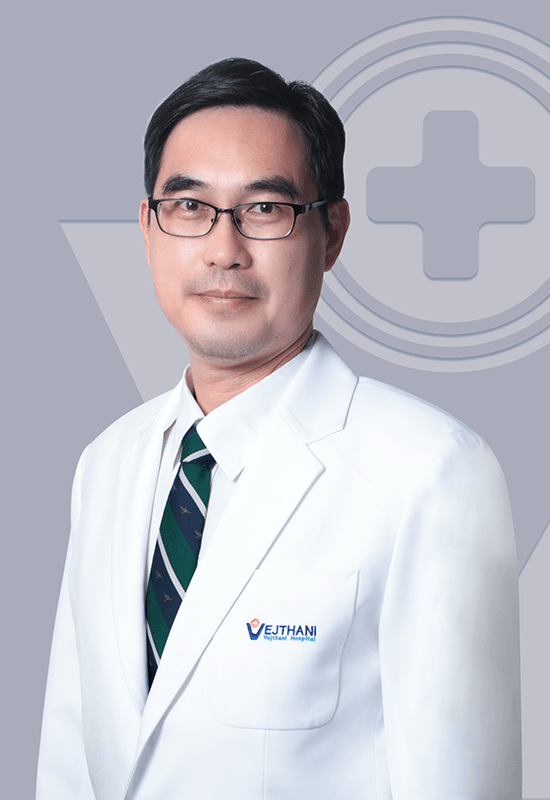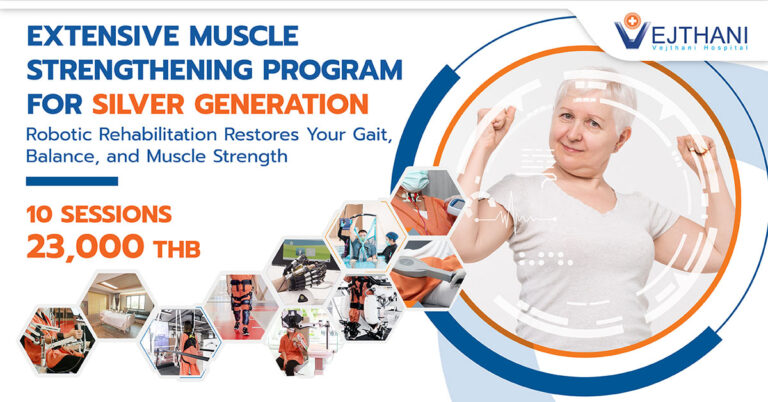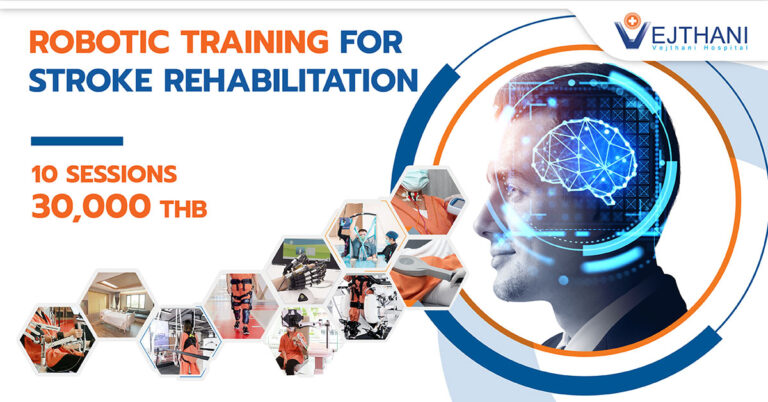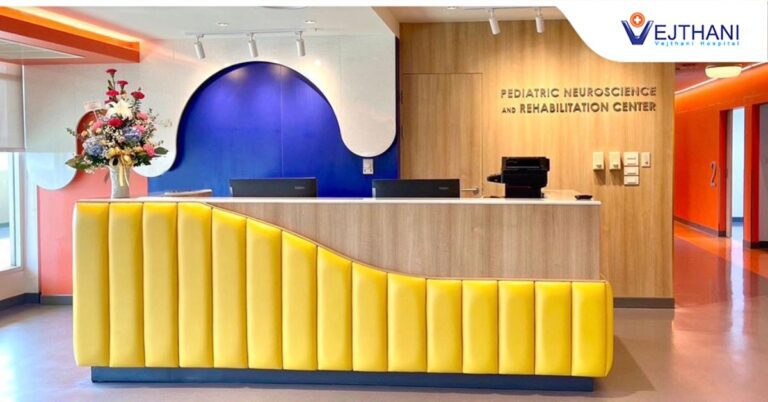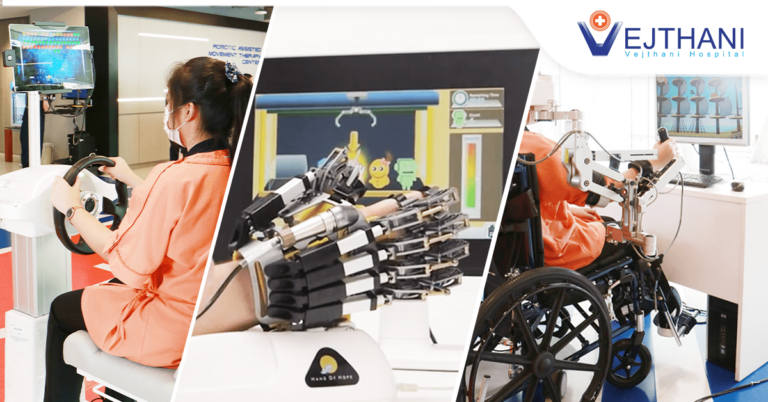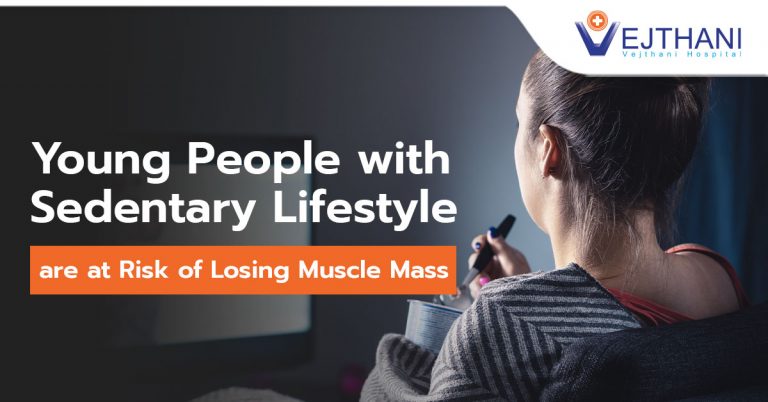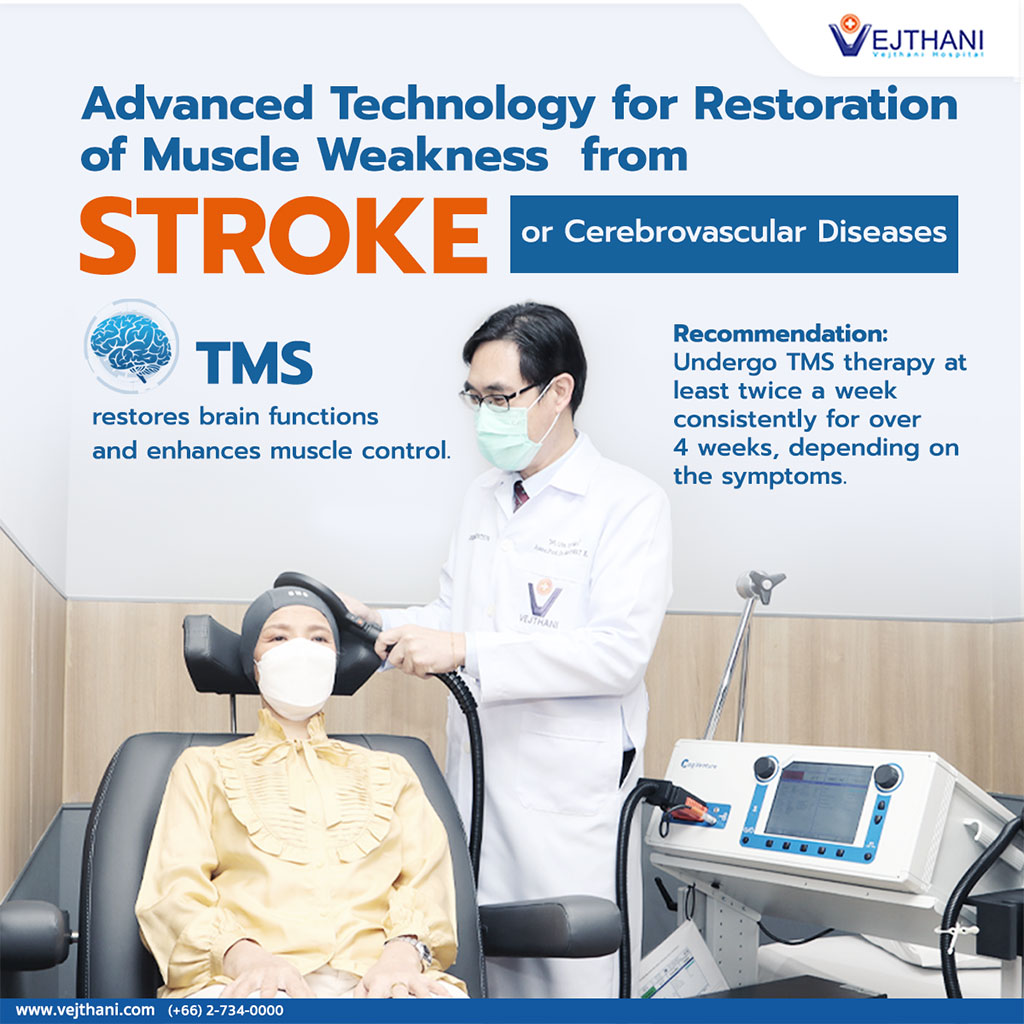

Restore muscle weakness and contractures in stroke patients to enhance mobility and quality of life through transcranial magnetic stimulation.
Stroke is currently a leading cause of disability and death in Thailand. If a stroke patient is taken to the hospital over three hours after the incident, there is a 50% chance of the patient experiencing disability or facing a severity that could potentially lead to death. The doctor will prescribe anticoagulants or antiplatelet drugs to treat stroke or remove the blood clots through thrombectomy. The treatment method depends on the severity of the disease and how early the patient is brought to the hospital.
Dr. Wasuwat Kitisomprayoonkul, neurological rehabilitation medicine doctor at Vejthani Hospital, revealed that after strokes have been treated, most patients will suffer from paralysis or paresis. Thus, rehabilitation is needed for patients to be able to regain mobility. The golden rehabilitation period is the first six months after a stroke. Currently, there are diverse methods of technology to assist patients in their recovery from paralysis, including transcranial magnetic stimulation (TMS) and peripheral magnetic stimulation (PMS). These advanced techniques aid in the restoration of muscle weakness and reduce muscle stiffness.
“After the treatment, certain patients may still have muscle weakness and experience muscle stiffness in the arms and legs, causing difficulty in movement and impacting their daily lives. This is where TMS plays its role by sending magnetic waves to stimulate the brain from the outside. An electromagnetic coil is placed against the scalp near the affected area to fix brain functionality and stimulate neural connections and brain cell circuits for recovery. This improves brain functions and enables more efficient muscle control.
In addition, PMS pads can be placed on a weakened arm or leg to stimulate muscle contractions and reduce stiffness,”explained Dr. Wasuwat.
Transcranial magnetic stimulation is a remarkably safe procedure that effectively stimulates the brain without causing pain or needing the implantation of electrodes through the skin. Muscles may twitch slightly during the procedure.
TMS does not require hospital admission. The doctor recommends consistently receiving TMS therapy at least twice a week for over four weeks. The length will depend on the symptoms. TMS should be done along with a rehabilitation program. However, it cannot treat patients with seizures or a metal or a deep brain neurostimulator implanted inside the brain.
For more information, please contact
Advanced Rehabilitation Center, Vejthani Hospital
Call: (+66)2-734-0000 Ext. 2316, 2332
English Hotline: (+66)85-223-8888
- Readers Rating
- Rated 4.9 stars
4.9 / 5 ( Reviewers) - Spectacular
- Your Rating





















